Hence for the magnitude of the work we multiply the magnitudes of force of gravity and the displacement 'h' This result holds true only if the body being dropped, or raised is close tothe Eartha surface,as for greater distances from the surface of · W = mgh = 50 x 10 x 3 = 1500J Observe Figure Let a body mass m be pulled by a force F If the body has a displacement s in the direction of the force, then the work done by the force F, Wf = Fs Here the displacement produced is in the direction of the force itself Kerala Syllabus Class 9 Physics Solutions Chapter 5 Question 13MGH Montreal General Hospital (Montreal, Canada) MGH McGrawHill Companies MGH Marion General Hospital (Marion, Ohio) MGH My Gothic Heart MGH Meitetsu Grand Hotel

Work Physics Wikipedia
W=mgh derivation
W=mgh derivation-Purpose The purpose of this lab is to measure the average power used in walking and running up and down the stairs, one step at a time Hypothesis I believe that the amount of power required to go up the stairs will be more than the amount required to go down the stairs This is because since travelling up the stairs requires you to go against the force of gravity, more energy may be2705 · Derivation of Power formula Power = unit of measure (Watt) W = work done by the body t = time taken to do the work Moreover, the standard unit of measuring power is Watt According to the power formula, a unit of power is equal to a unit of work divided by a unit of time Also, a watt is equal to Joule/ second




Give Me The Derivation Of Potential Energy As Fast As U Can Tomorrow Is My Exam Science Work And Energy Meritnation Com
Physics 190E Energy & Society Fall 07 Physics of Energy II 1 Now, let Õs talk about a second form of energy Potential energy Imagine you are standing on top of half dome inA body of mass 'm' is raised to a height 'h' above the ground The force acting on body is gravitational pull of earth that is m×g work done= force×distance w= f×s w=mgh Potential energy is directly proportional to mass and height above the ground 138 viewsThe wellknown American author, Bill Bryson, once said "Physics is really nothing more than a search for ultimate simplicity, but so far all we have is a kind of elegant messiness"
· Since, W = mgh Substituting the values in the above equation, we get W = 2 × 12 × 10 = 240 N The change in gravitational potential energy is equal to the work done by gravity Therefore, Gravitational Potential Energy= 240 Joule ⇒ Also Read HC Verma; · How to derive potential energy W mg h W force displacement This stored energy of position is referred to as potential energy PE12kx 2 where k is the springs force constant and x is the displacement from its undeformed position Position the force is the negative of the slope of the function at some point U 2 1 k x 2 · Expression for Gravitational Potential Energy at Height (h) – Derive ΔU = mgh When, h
1000 · Imagine a small sample of gas of mass \(m\) that is initially at elevation \(h{=}0\) The vertical extent of this sample should be small enough for the variation of the gravitational force field within the sample to be negligible The gravitational work needed to raise the gas to an arbitrary elevation \(h\) is \(w'=mgh\) (Sec 36)På StuDocu finder du alle studieguides, eksamensforberedelse og foredragsnoter du har brug for, til at kunne bestå dine eksamener med bedre karakterer · Derivation of the Formula What is potential energy formula Or any combination of the three G is the acceleration due to gravity in ms 2 Mgh where m is the mass in kilograms g is the acceleration due to gravity 98 m s2 at the surface of the earth and h is the height in meters G is the acceleration due to gravity




Derive Gravitational P E U Mgh Physics Force Work Power And Energy Meritnation Com




Give Me The Derivation Of Potential Energy As Fast As U Can Tomorrow Is My Exam Science Work And Energy Meritnation Com
(v) Work done by the force of gravity on a particle of mass m is given by W = mgh where g is acceleration due to gravity and h is height through particle one displaced (vi) Work done in compressing or stretching a spring is given by W = 1 / 2 kx2 where k is spring constant and x is displacement from mean positionW mgh Fh Ah P V V A w P V V ext final initial Joules, or L Bar (1 L Bar = 100 J) Winter 13 Chem 254 Introductory Thermodynamics Chapter 2 Internal Energy, Work, Heat and Enthalpy 15 More general formula for PV work, P does not need to be constant f i V V extForms of kinetic energy translational, rotational and vibrational only simple examples




Power Formula Derivation Of Power Formula Examples




Gravitational Potential Energy Physics
In 'W= mgh' , how will we convert mgh into positive Share with your friends Share 0 Dear Student, Please find below the solution to the asked query If downward direction is taken positive, then g = 98 m/s 2 and if downward direction is taken negative then g = 98 m/s 22705 · Derivation of Power formula Power = unit of measure (Watt) W = work done by the body t = time taken to do the work Moreover, the standard unit of measuring power is Watt According to the power formula, a unit of power is equal to a unit of work divided by a unit of time Also, a watt is equal to Joule/ second · 1415 W=mgh求的是什么,这些字母都代表着什么意思阿,和W=Fs 35 1818 w=mgh 虽然每个单位都知道是什么意思但是计算不懂如图 1 W=mgh公式是怎么推




Work When You Hold Something Are You Exerting




Power Formula Derivation Of Power Formula Examples Learn Cram
The molar mass of an ideal gas can be determined using yet another derivation of the Ideal Gas Law P V = nRT P V = n R T We can write n, number of moles, as follows n = m M n = m M where m is the mass of the gas, and M is the molar mass We can plug this into the Ideal Gas Equation P V = ( m M)RT P V = ( m M) R TW= mgh The displacement over which the work is done equals the height of the lift (d = h) · Two wires of same material having length in the ratio 1 is to do and die metres in the ratio of




Pin By Neha On Maira Potential Energy Intinity Bullet Journal




Energy Notes Videos Qa And Tests Grade 9 Science Work Energy And Power Kullabs
We have therefore done an amount of work W = mgh, (this result is the product of the magnitude of the displacement vector (h) and the applied force (mg)the corresponding vectors are parallel) Now, if we release that ball and let it fall from the height h above the table, once it returns to its original height (the level of the table), it will have a certain velocity v resulting from the · 1 There is more than one approach one can use to calculate the work done by a contact force on a rigid object All approaches are valid so long as you're careful about how you actually use your calculated work One way is to use the infinitesimal displacement of the point of application d l → app (1) W = ∫ F → ⋅ d l → app1505 · 2 12,171 2 minutes read Gravitational potential energy is defined as the "energy of an object due to Earth's gravity"OR it is the product of the object's weight and heightIt is the most common example of PE Its formula is W = mgh It means the higher an object the higher will be its Gravitational PE



How To Prove That Kinetic Energy Math Dfrac 1mv 2 2 Math Quora
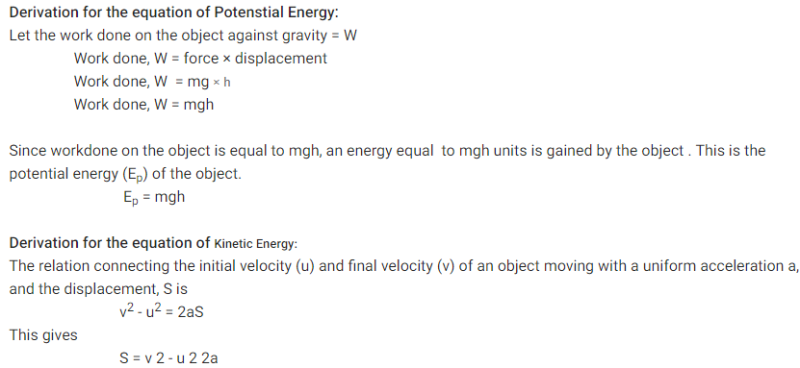



What Is The Mathematical Expression Of Kinetic And Potential Energy Edurev Class 9 Question
(12) $ \displaystyle W = mgh = 3000 \times \times $ = 701 megajoules Note This is a multipage article To navigate, use the dropdown listsSimple and best practice solution for W=mgh equation Check how easy it is, and learn it for the future Our solution is simple, and easy to understand,General derivation of the work–energy theorem for a particle For any net force acting on a particle moving along any curvilinear path, it can be demonstrated that its work equals the change in the kinetic energy of the particle by a simple derivation analogous to the equation above




Prove Potential Energy P E Mgh With Figure Brainly In



Physicslab Gravitational Potential Energy
W= mgh Definition of energy, energy as work done Various unitsof work and energy and their relation with SI units erg, calorie, kW h and eV (derivation included);HC Verma Solutions Vol 1; · In your case, displacement from the surface to a height h, the force (gravity) is pointing downwards and the displacement is upwards So the work is negative, W=mgh and the potential energy is PE=W= mgh It does not matter how you move the body between the two points, the work done by gravity is the same




Gravitational Potential Energy Derivations Formulas Examples




Htpib06c Calculating Gravitational Potential Energy Using Ep Mgh Youtube
About Press Copyright Contact us Creators Advertise Developers Terms Privacy Policy & Safety How works Test new features Press Copyright Contact us CreatorsAbout Press Copyright Contact us Creators Advertise Developers Terms Privacy Policy & Safety How works Test new features Press Copyright Contact us Creators · 1 Newton's second law states F = m*a, in which a is the acceleration In the case of gravitation, a = g = 9,1 m/s² Work = W = F*s In case of gravitation, F = m*g, and s could be represented by h (height) The work done equals the change of potential energy So potential energy U = W = mgh Mar 14, 09




Work Physics Wikipedia




Check The Correctness Of Equation 1 2mv2 Mgh Using Dimensional Analysis Method Brainly In
HC Verma Solutions Vol 2My Gothic Heart MGH My Guild Host showing only Slang/Internet Slang definitions ( show all 12 definitions) Note We have 46 other definitions for MGH in our Acronym Attic new search suggest new definition Abbreviation Database Surfer « PreviousForms of kinetic energy translational, rotational and vibrational only simple examples




Gravitational Potential Energy Cie As Physics Revision Notes




Law Of Conservation Of Energy Nishtha Vats Thesocialcomment
0310 · Mathematical derivation of potential energy 2 See answers So, W = mgh New questions in Physics Banjara fab Customer/Care/Number ☎️ ⓿ ⓿ name the part of eye a)that control the amount of light entering into the eyeb) · In the case of gravity, if a body is lifted above the ground, work is done against gravity All bodies with mass are attracted towards the earth by gravity, so when a body is lifted one has to do work to raise it Work done against gravity = Force x Displacement = Weight x Height = mgh = gravitational potential energy stored in the bodyDerivation of KE = \(\frac{1}{2}\)mv 2 Let us consider a body of mass 'm' is at rest on a smooth surface whose initial velocity is 0 If a constant force 'F' is applied on it then it displaces the body by displacement 'd' in its own position If 'v' be the final velocity then the workdone by the force is given by W = Fd




Derive The Equation Of Gravitational Potential Energy Tessshebaylo
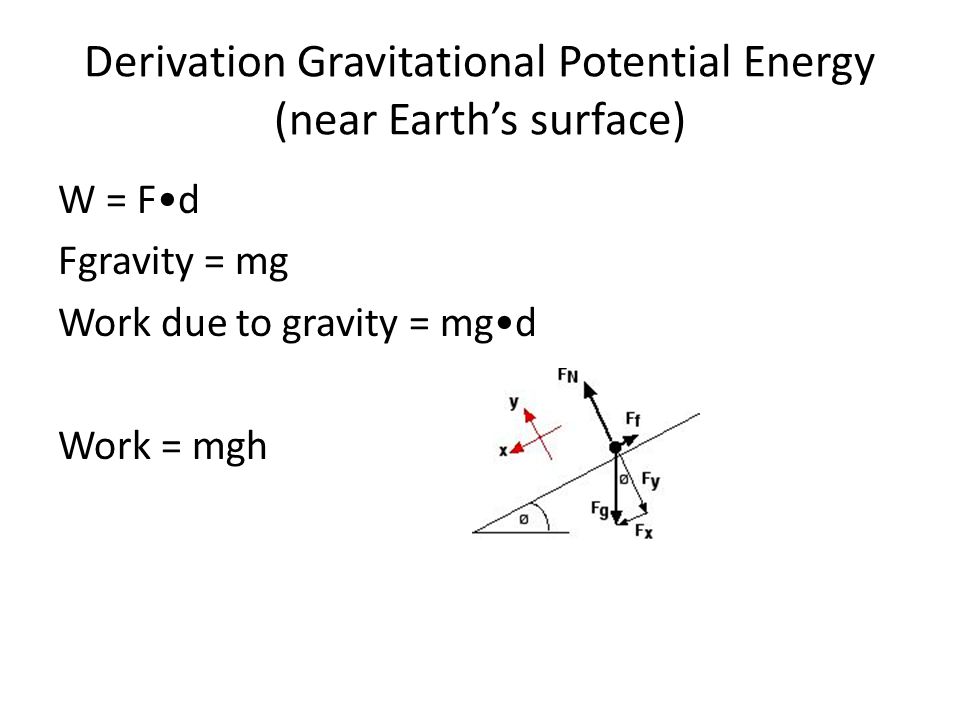



Work Energy And Power Ppt Video Online Download
Potential Energy Derivation Potential energy is the work done to take a body to a certain height For a body with mass m, h is the distance to which it is raised and g is the gravitational force acting on the body, then work done W is given as W = force * displacement W = mg * h ∴ W = mghW= mgh Definition of energy, energy as work done Various units of work and energy and their relation with SI units erg, calorie, kW h and eV (derivation included);W= mgH potential energy (81b) where His the hight of a mass mfrom a certain reference level H o, and gstands for the earth acceleration The reference level could be the center of the earth, the sea level or any surface from which His measured H m F = mg x Ho Ho H F x Figure 81 Gravitational potential energy




Work Done By Gravity Path Independent Video Khan Academy



What Is Derivation Of V U At Quora
Work is the energy transferred into or out of a system through the action of a force Work done against gravity can be found using the equation Work equals Force times height or W = Fh Since F = mg we can use the equation W = mgh · Consider a body with mass m, raised through a height h, from the ground, Force required to raise the object = weight of object mg Object gains energy to the work done on it therefore, Work done on the object against gravity is W W=force x displacement = mg x h W =(a) Taking the cross derivatives 3xy2 9y 2xy 9(x2y) 3x = 2xy Since the cross derivatives are unequal, the expression is not an exact differential (b) 3(1/y) = _ J_ 3(x/y2) = _ J_ 9y y^ 9x y^ Since the cross derivatives are equal, the expression is an exact differential 110 A mole of liquid water is vaporized at 100 °C and 1



Physicslab Gravitational Potential Energy




Work When You Hold Something Are You Exerting
· Derivation Let us consider a body of mass m raised from the ground to the height h, the amount of work done against gravity is W = F x h But, F = mg, the weight of the body So, W =Work (W) = mgh = 5 × 8 × 10 = 400J Power = \(\frac{work}{time}\) = \(\frac{400}{10}\) = 40 J/s Download the Toppr – Best Learning App for Android and iOS or signup for free0406 · W= Force × displacement =Weight × height = mg × h Thus, work done by force of gravity, W =mgh Similarly, if the body is thrown up to a height h, the work done by gravity is W =




Derivation Of Potential Energy Class 9 Ncert Brainly In




Cbse Class 9 Science Notes Chapter 11 Work And Energy
· Derivation for the equation of Potenstial Energy Let the work done on the object against gravity = W Work done, W = force × displacement Work done, W = mg × h Work done, W = mgh Since workdone on the object is equal to mgh, an energy equal to mgh units is gained by the object This is the potential energy (E p) of the object




Bernoulli S Principle Ppt Download




Pdf Work Energy And Power Work Physical Definition Himansh Singh Academia Edu




The Unit Of Potential Energy Is




Derive Expression Of Potential Energy Brainly In




Experts Can I Get List Of All Derivation Of Physics Till Work Energy Law Physics Work Energy And Power Meritnation Com




Gravitational Potential Energy Equations The Change In Gravitational Potential Energy Of An Object Is Its Mass Multiplied By G And By The Change Ppt Download
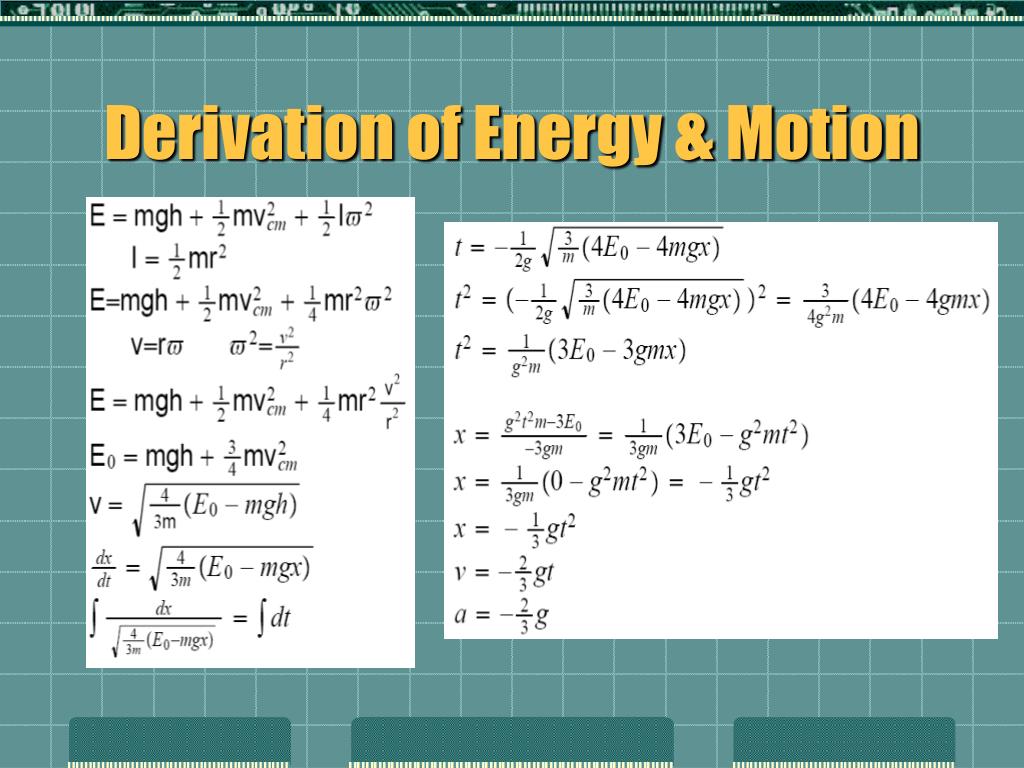



Ppt Mechanics Of The Yoyo Powerpoint Presentation Free Download Id




Adamjee Coaching Work Power And Energy Question Answers Physics 10th




How We Prove That Mgh 1 2mv2 Youtube



Potential Energy



Solution Set Work And Energy Physics 104




Ap Physics 1 Finding Velocity In Terms Of Variables Through Co Derivation Of Energy Homeworkhelp




Understanding And Derivation Of Potential Energy Youtube




Work Power And Energy Class 9 Notes Science Chapter 11 Learn Cbse Class9sciencenotes Class9thsciencenotes Cbseclass9 Science Notes Science Science Facts




Derivation Of Gpe Mgh Youtube




Cbse Class 9 Law Of Conservation Of Energy In Hindi Offered By Unacademy




Competition King Products
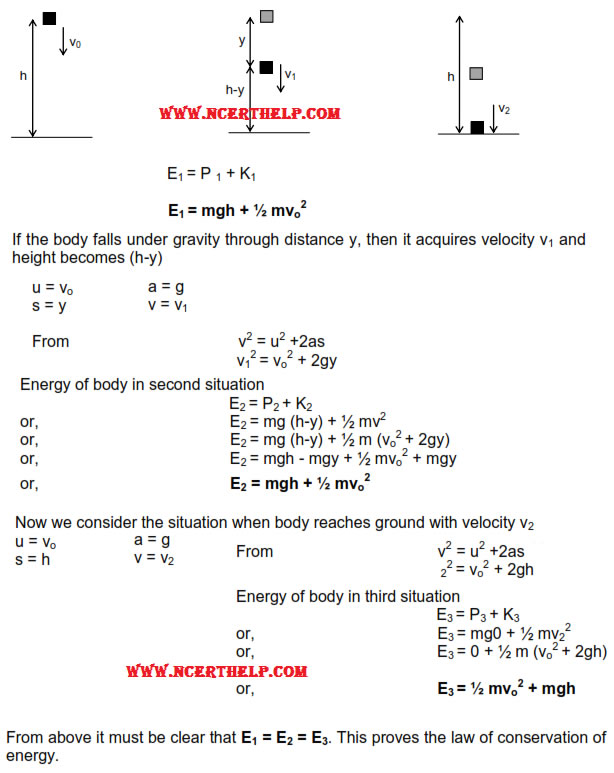



Work Energy And Power Conservation Of Energy Collisions Notes In



Derivation Of W Mgh Physics Topperlearning Com 4i0637ww



Mostly About Potential Energy




Bernoulli S Principle




Http Www Nearingzero Net Nz 122 Jpg




Derivation Of Potential Energy P E Mgh Youtube



How To Derive Expression For Kinetic Energy Quora




Derivation Of Potential Energy P E Class 9th Brainly In
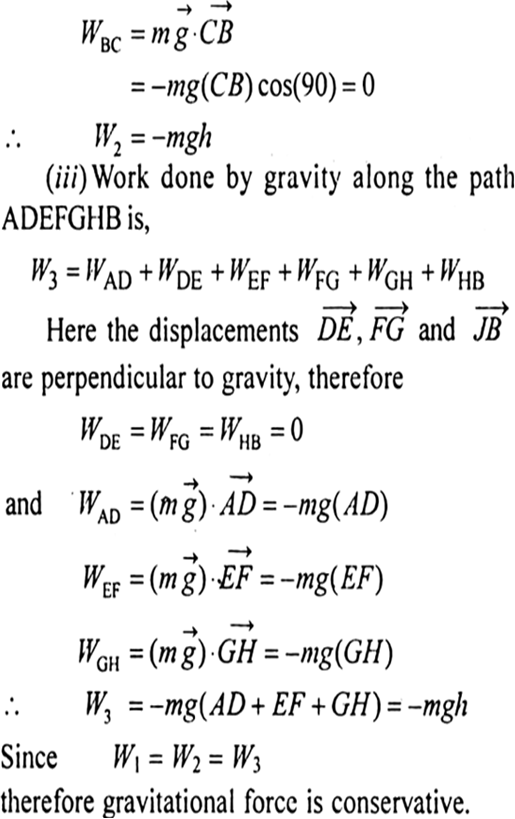



Show That Gravitational Force Is A Conservative Force From Physics Work Energy And Power Class 11 Haryana Board English Medium




What Is The Interconnection Of Time And Thermodynamics



Absolute Potential Energy Video Dailymotion




Cbse Class 9 Gravitational Potential Energy In Hindi Offered By Unacademy




Phy 101 Lecture 6 6 1 Work Done




Work Power And Energy




6592 Work And Energy Notes Pages 1 3 Flip Pdf Download Fliphtml5



Potential Energy
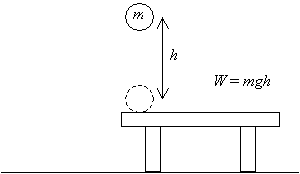



What Is Kinetic Energy Universalclass




Education Is The Key To Success September 18ssc Part 1 And 2
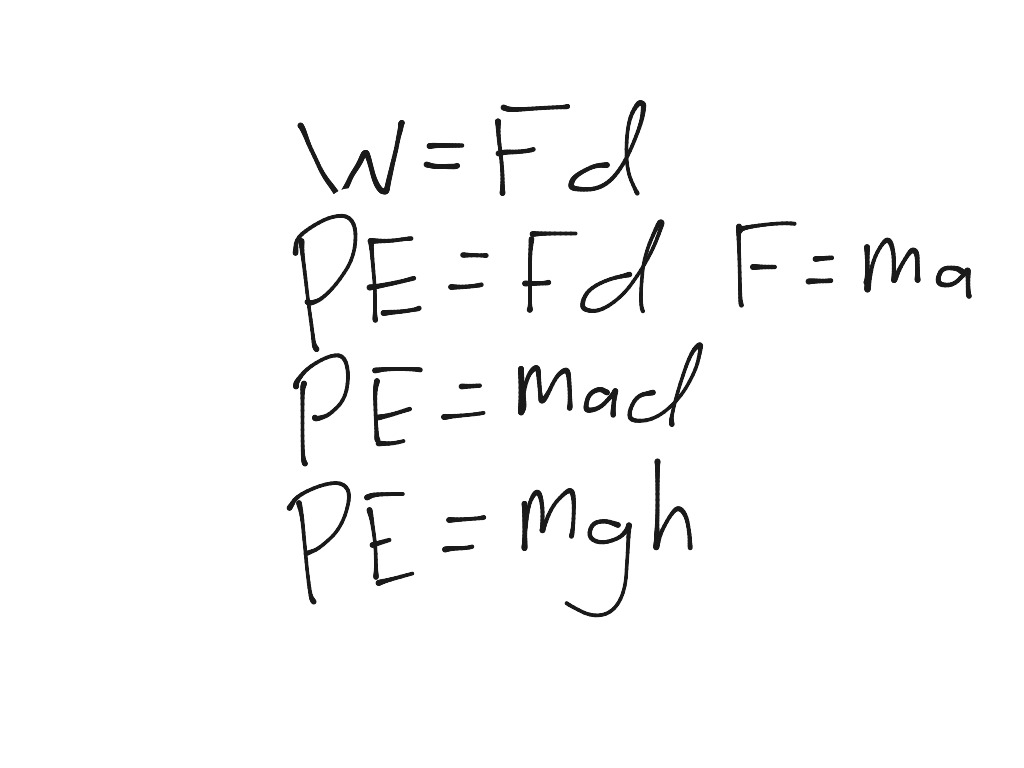



Deriving The Formula For Potential Energy Science Physics Kinematics Showme




Potential Energy Gravitational Potential Energy




Education Is The Key To Success Physics Class X Chapter No 8 Questions And Answessc Part 1 And 2
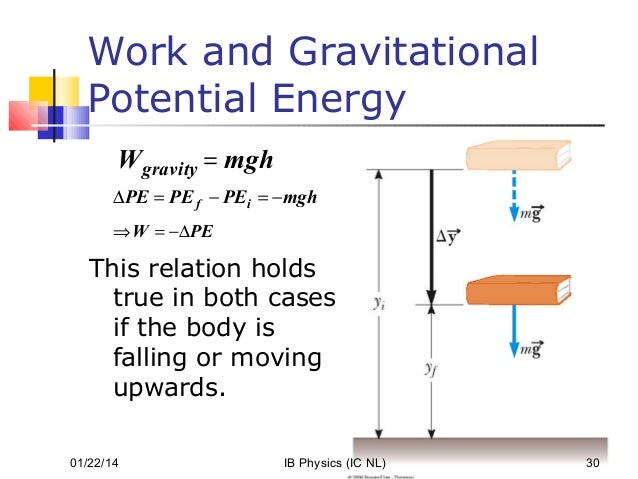



Work Energy And Power
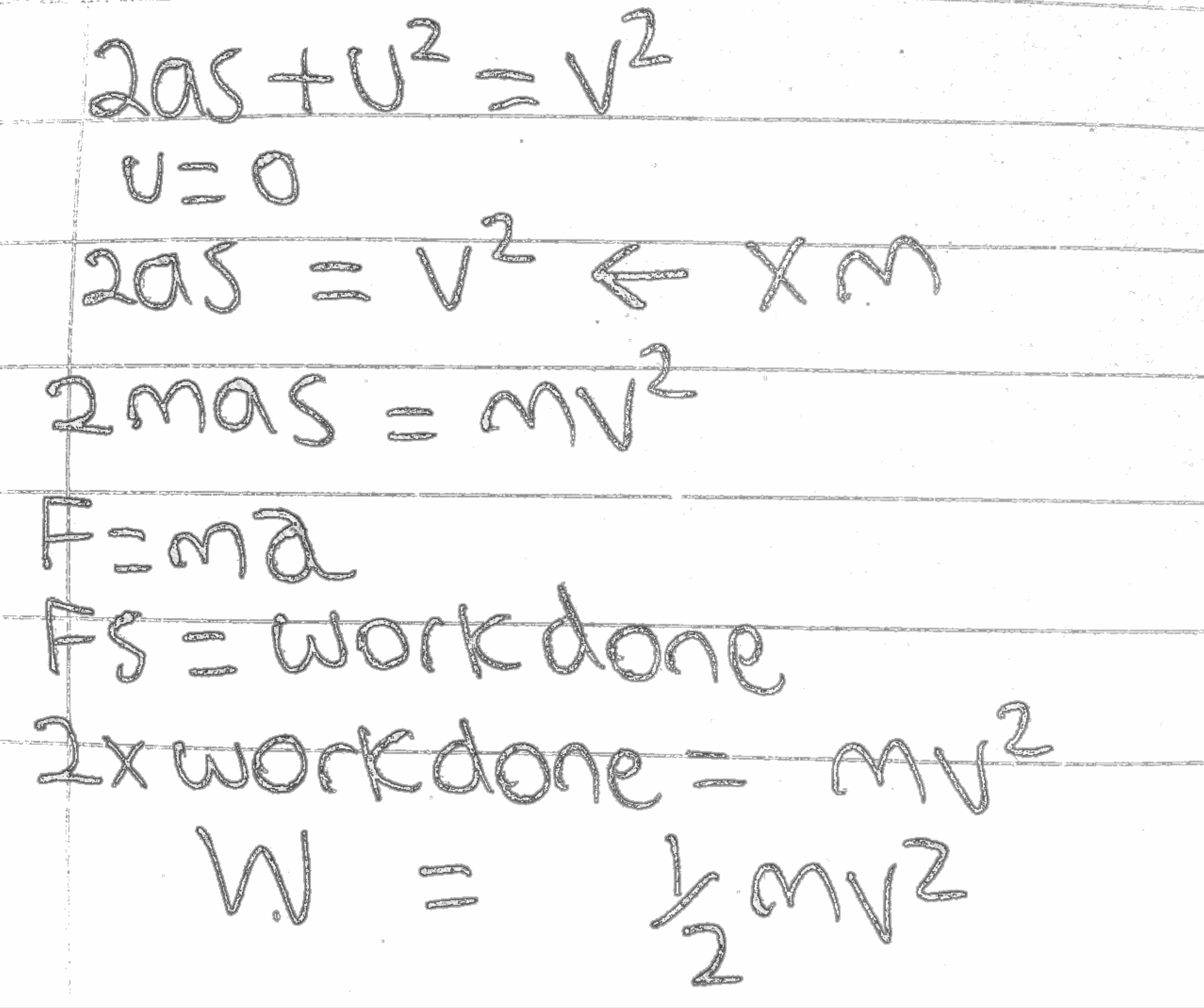



Energy Power Efficiency Revise Zone




Gravitational Potential Energy Reference From Planet S Surface Or Infinity
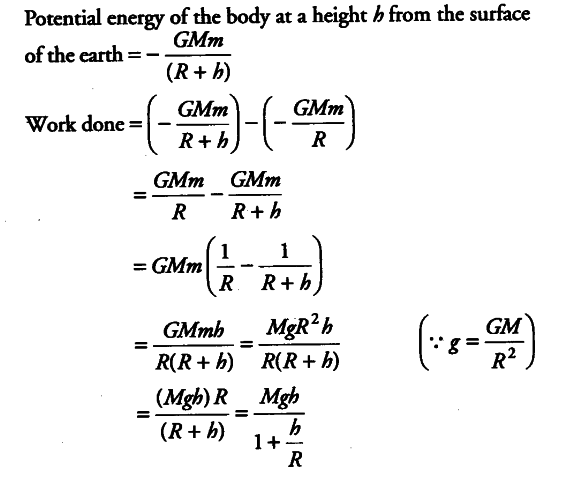



Derive An Expression For Work Done Against Gravity Cbse Class 11 Physics Learn Cbse Forum
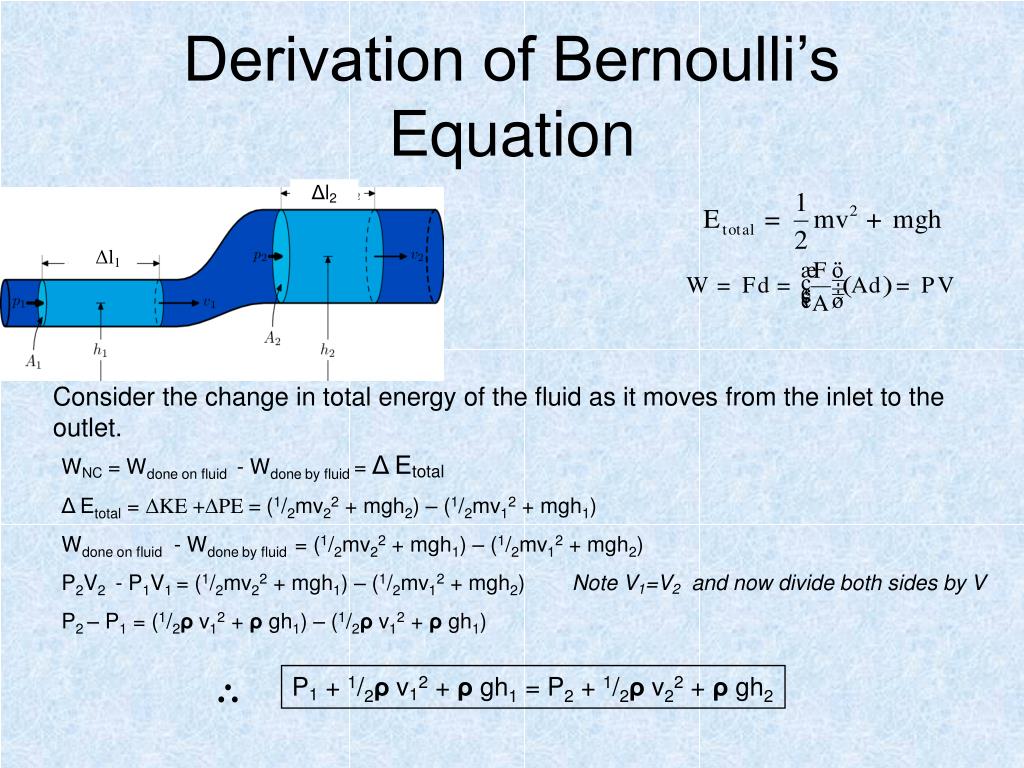



Ppt Fluid Dynamics Ap Physics Powerpoint Presentation Free Download Id




Gravitational Potential Energy Cie As Physics Revision Notes




Wbchse Preparation Tips For Physics Know How To Ace Physics Exam




Physics 218 Lecture Xiv1 Physics 218 Lecture 14 Dr David Toback Ppt Download




Work Physics Wikipedia



Work Physics Wikipedia




Navidi W Statistics For Engineers And Scientists Mgh 10 Isbn O 933s



Derive The Expression For Gravitational Potential Energy Sarthaks Econnect Largest Online Education Community
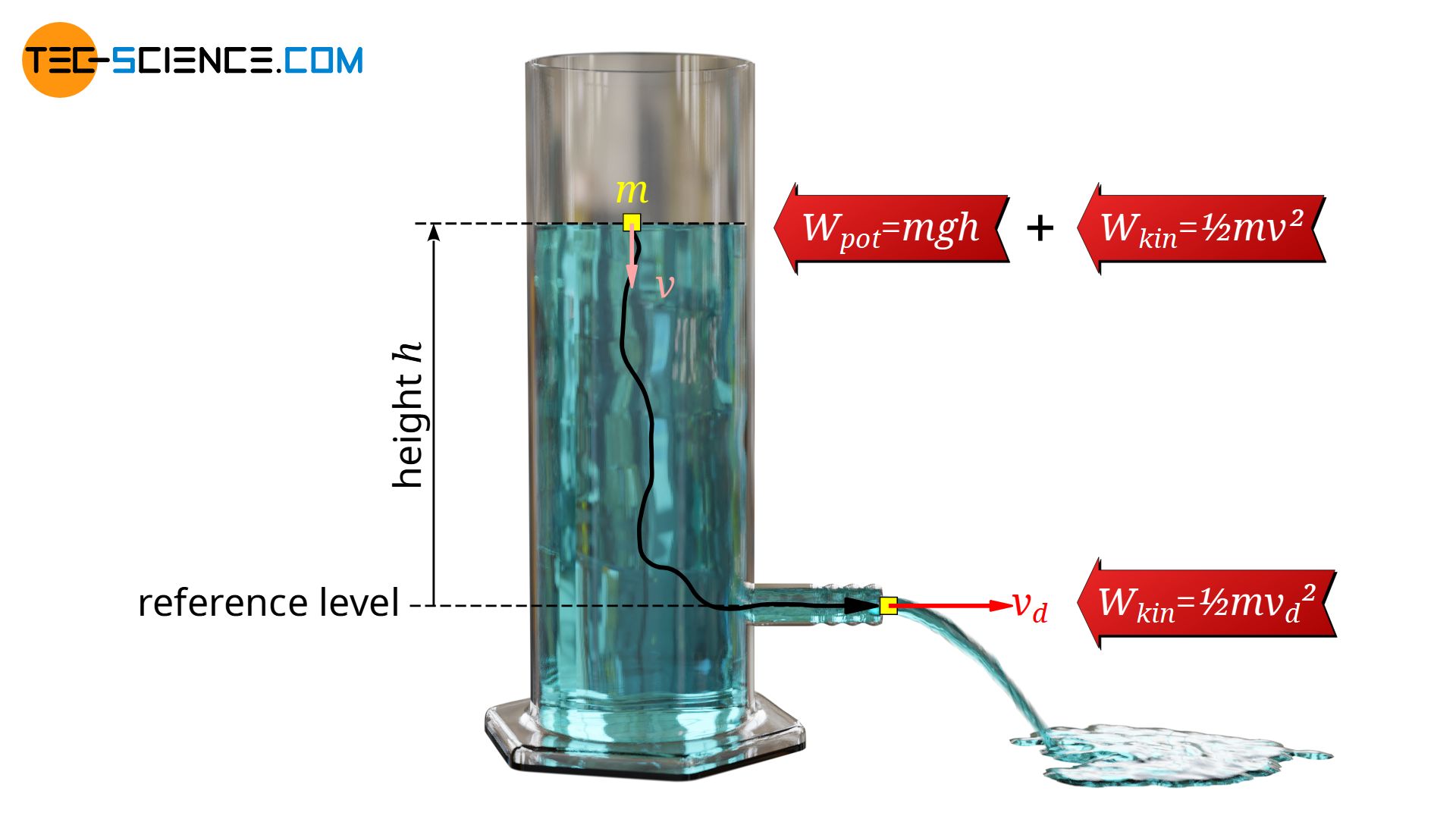



Discharge Of Liquids Torricelli S Law Tec Science




Let Us Consider An Equaiton 1 2 Mv 2 Mgh Where M Is The Mass Of The Body Upsilon Its Youtube



Fsc Physics Book1 Ch 4 Lec 4 Work Done By Gravitational Force Video Dailymotion




Gravitational Potential Energy Derivation Video Khan Academy




Phy 101 Lecture 6 6 1 Work Done




Wmgh Derivation




Derivation Of The Gpe Formula Gmm R Youtube




Work Energy And Power Work What Is Work




25 Best Memes About Potential Energy Potential Energy Memes




Ith Watet Quid Is Way With Uniform Ac Mixed With Womghy Without Di Miled In W




Plese Derive Potential Energy Which Is W Mgh Brainly In



What Is The Derivation Of Pe Mgh Quora
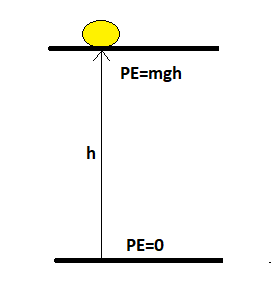



What Is The Expression For Potential Energy Class 10 Physics Cbse




Chapter 8 Potential Energy And Conservation Of Energy Ppt Download



Derive The Equation Of Gravitational Potential Energy Tessshebaylo




Pdf Barometric Formulas Various Derivations And Comparisons To Environmentally Relevant Observations



How To Derive The Formula Of Gravitational Potential Energy Mgh Dronstudy Questions



The Work Done By A Conservative Force Equals The Negative Of The Change In The Potential Energy Associated With That Force Why Quora




Ncert Exemplar Problems Class 9 Science Work And Energy Cbse Tuts



0 件のコメント:
コメントを投稿